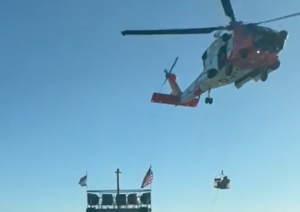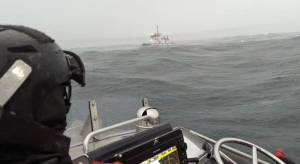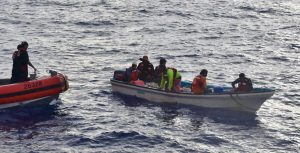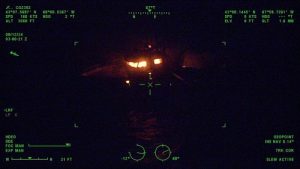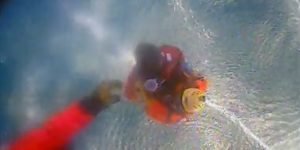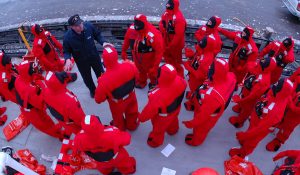Coast Guard Urges Safe Use and Registration of Emergency Beacons
Every April 6th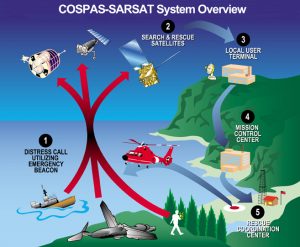 marks “406 Day,” a nationwide effort led by the National Oceanic and Atmospheric Administration (NOAA) to educate mariners about Emergency Position Indicating Radio Beacons (EPIRBs). EPIRBs are critical life-saving devices that send out distress signals to rescue teams when someone is in danger on the water.
marks “406 Day,” a nationwide effort led by the National Oceanic and Atmospheric Administration (NOAA) to educate mariners about Emergency Position Indicating Radio Beacons (EPIRBs). EPIRBs are critical life-saving devices that send out distress signals to rescue teams when someone is in danger on the water.
EPIRBs work by transmitting a recognized distress signal via satellite, quickly alerting search and rescue (SAR) teams to the location of an emergency. However, for these devices to effectively save lives, it’s crucial that they are correctly registered, regularly tested, responsibly used, and properly disposed of when no longer in use.
The Fifth Coast Guard District highlighted the need for responsible EPIRB management by sharing these 2024 statistics: they responded to 830 EPIRB alerts. Of these, only 18 were genuine distress signals. 386 alerts were confirmed as false, and another 426 were unknown or suspected false alerts. These unnecessary alerts resulted in over 40 hours spent on surface searches, more than 45 hours on air searches, and over 2,550 command center man-hours.
 Maritime Injury Law Blog
Maritime Injury Law Blog


